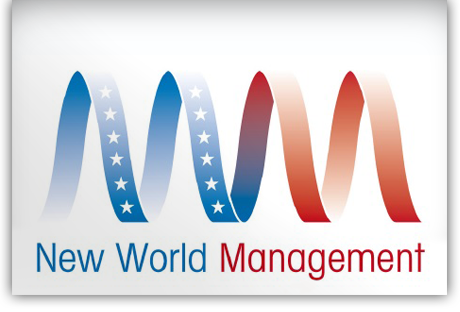The Biggest Risk Is Not Taking Any Risks
How risks can be controlled when entering a new market
Any executive with ambition is constantly searching for ways to grow his or her business. Why is it that only some make the decision to expand while others sit on the sidelines? The answer lies in how we approach risk. While caution is key in evaluating growth opportunities, entrepreneurs are often quick to abandon their aspirations for fear of failure.
“The biggest risk is not taking any risks,” says Facebook CEO Mark Zuckerberg at a Stanford University conference. “In a world that’s changing really quickly, the only strategy that is guaranteed to fail is not taking risks.” Common sense teaches us to tread carefully and only move ahead only when we stop fearing negative consequences. Zuckerberg and other entrepreneurs see it differently. Our real liability, they argue, is our tendency to loiter in the comfort of the status quo while the business landscape changes around us.
Turning the tables on how you define risk reveals an entirely different set of downsides we all assume when choosing not to push forward. The main problem is losing the momentum that drives the business ahead of its competitors. If growth opportunities exist in new markets, how can you assume that other businesses aren’t pursuing them while you stand by? If new sources of talent remain untapped, what’s stopping competitors from leveraging them while you let them slip?
Making the decision to expand is the first step in realizing your company’s growth potential. Ensuring that the growth happens smoothly, cost-effectively, and sustainably is the second. The idea that opening your doors in the U.S. must be an all-or-nothing push is a misconception. Management with ambition and foresight knows that the best strategy is calculated and often incremental.
Companies such as New World Management specialize in minimizing risk for overseas businesses looking to expand to the U.S. Among the services they offer, market research is a key resource that allows you to understand the dynamics of the U.S. market and how your business will navigate them to succeed.
Firms that conduct good market research use a variety of sources to do so. A comprehensive report might be based on a combination of Internet research, statistics from databases and government agencies, information from industry associations, and interviews with industry experts. Keep in mind that not all research firms are created equal. The best analysts give clients an advantage by tailoring their methodology to best examine that client’s target market.
For example, if the industry is technical in nature, good researchers might rely more on interviews with experts to understand the nuances of the market. After the project is complete, the final product is a report that summarizes the industry, outlines trends and practices in the market, describes the competitive landscape, and most importantly, concludes how your company can be successful with those factors in mind.
Market research is an important tool for any business, but is especially valuable for companies with overseas aspirations.
Imagine you are a European manufacturer that produces copper pipes for plumbing. You have a high-quality product and after decades of business in Europe, an excellent understanding of the distribution methods required to sell it. Now it comes time to step into the U.S. market and the sales structure is completely different. Should you hire your own sales force to sell your product directly? Should you work with a distributor? If so, which? And what are the pros and cons of each approach?
Even before sales comes manufacturing, which can be a hazardous process when dealing with copper pipes. Consider the different regulatory policies that come with operating in a new market. What types of new standards must be met at production facilities? How costly will it be to meet them? What types of certifications do customers expect on your products? Even if you do meet government standards, how do American consumers view a European-made piping in comparison to domestic alternatives?
Working with a firm that understands the challenges foreign businesses face is the best way to approach stepping into the U.S. market.
The more experience the company has dealing with international clients, the more they can control the risk you take when growing your business.
Thinking about expansion means thinking about two different sets of risks: those that come with action and those that come from standing still while others act. When it comes time to secure a successful future for your business, be bold. Manage the risk of pursuing success with a team that will guide you toward your goals.








